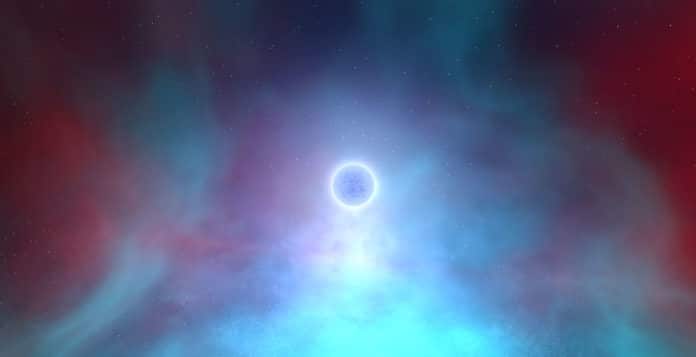Using the world’s most powerful radio telescope, Low-Frequency Array (LOFAR), Dr. Benjamin Pope from the University of Queensland and colleagues at the Dutch national observatory ASTRON have searched for planets. Recently, the team has discovered radio waves blasting out from distant stars, indicating the presence of hidden planets.
Scientists have discovered radio signals from 19 distant red dwarf stars. Four out of them are best explained by the existence of planets orbiting them.
Dr. Pope said, “We’ve long known that the planets of our solar system emit powerful radio waves as their magnetic fields interact with the solar wind, but radio signals from planets outside our solar system had yet to be picked up.”
“This discovery is an important step for radio astronomy. It could potentially lead to the discovery of planets throughout the galaxy.”
Scientists focused on red dwarf stars that have intense magnetic activity. The magnetic activity from these stars drives stellar flares and radio emissions. But some old, magnetically inactive stars also showed up, challenging conventional understanding.
Dr. Joseph Callingham at Leiden University, ASTRON, and lead author of the discovery, said that “the team is confident these signals are coming from the magnetic connection of the stars and unseen orbiting planets, similar to the interaction between them. Jupiter and its moon, Io.”
“Our own Earth has aurorae, commonly recognized here as the northern and southern lights, that also emit powerful radio waves – this is from the interaction of the planet’s magnetic field with the solar wind.”
“But in the case of aurorae from Jupiter, they’re much stronger as its volcanic moon Io is blasting material out into space, filling Jupiter’s environment with particles that drive unusually powerful aurorae.”
“Our model for this radio emission from our stars is a scaled-up version of Jupiter and Io, with a planet enveloped in the magnetic field of a star, feeding material into vast currents that similarly power bright aurorae.”
“It’s a spectacle that has attracted our attention from lightyears away.”
Dr. Pope said, “We can’t be 100 percent sure that the four stars we think have planets are indeed planet hosts, but we can say that a planet-star interaction is the best explanation for what we’re seeing.”
“Follow-up observations have ruled out planets more massive than Earth, but there’s nothing to say that a smaller planet wouldn’t do this.”
This work exhibits that radio space science is on the cusp of altering our comprehension of planets outside our Solar System.
Journal Reference:
- Callingham, J.R., Vedantham, H.K., Shimwell, T.W. et al. The population of M dwarfs was observed at low radio frequencies. Nat Astron (2021). DOI: 10.1038/s41550-021-01483-0
- Benjamin J. S. Pope et al. The TESS View of LOFAR Radio-emitting Stars. DOI: 10.3847/2041-8213/ac230c
